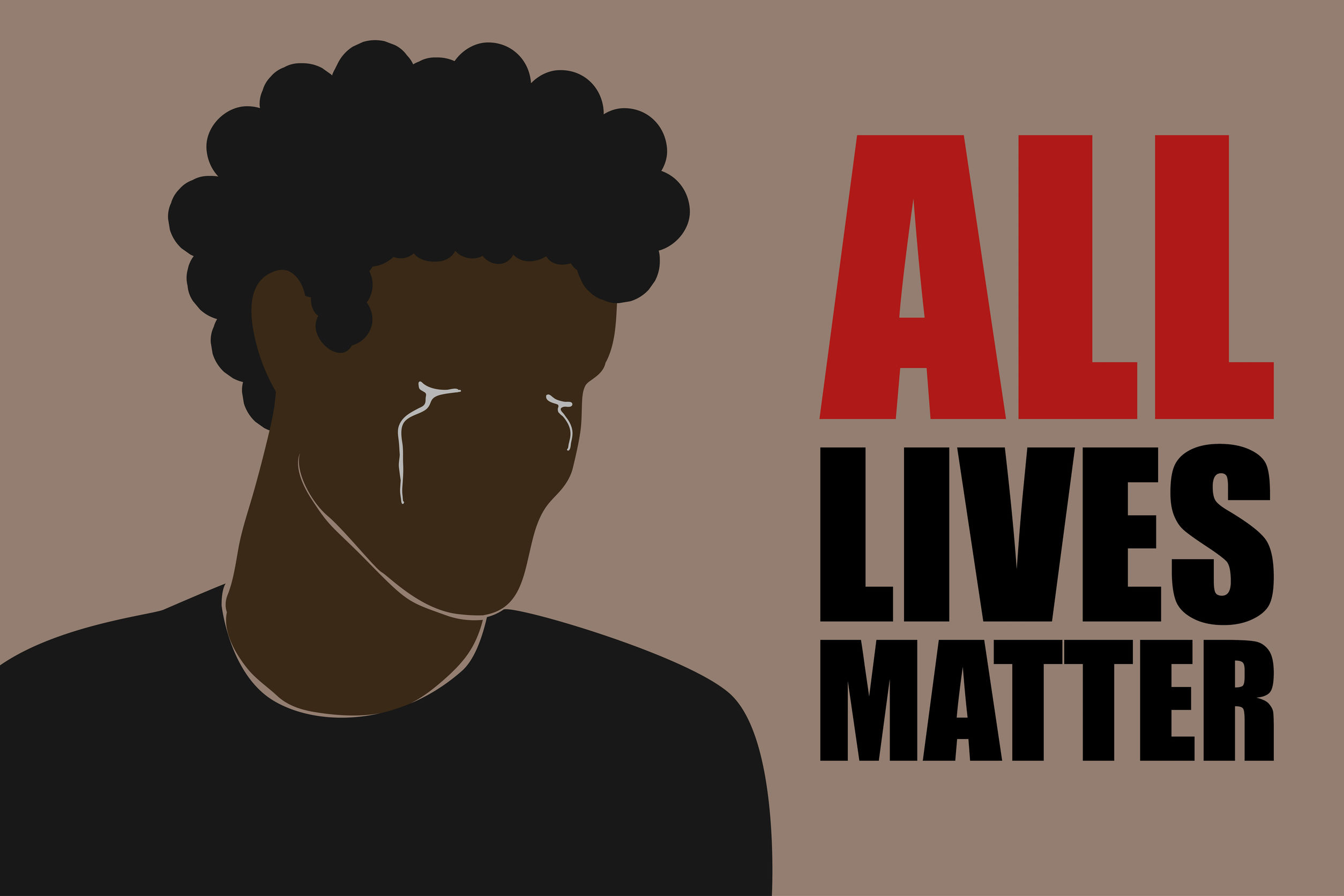
What’s Next?
by G. Alfred Kennedy
In the midst of a COVID-19 Pandemic, national protests of regular police killings of mainly unarmed Black men (and a few Black women), rising levels of unemployment, the shuttering of thousands of community-based small businesses, preparation for important national elections in November, international condemnation of America’s failure to address the consequences of its original sin of slavery and institutional racism, the press of daily life goes on for each of us.
Inevitably, the question for all of us becomes, “What’s Next?” Other questions are, where do we as individuals, families, groups, organizations, and communities, go from here when the media shifts its focus from the protests to the November elections? Which issues will merit our immediate attention: public safety during Phase Two of the Pandemic, demands for police reform, social justice, racial equality, finding a job, rebuilding a business, or, completing an education. No one, including the most privileged among us, will have the luxury of remaining static, immobile, or crippled by decisional paralysis.
As my mother often told my three siblings and me when confronting crises or challenges, “Think it through and then make a decision – even if it’s wrong. Adapt and move on; learn as you go.” That is where many Americans find themselves. What is the best decision for themselves, their families, or their communities? How broad a list of concerns can one individual manage? Are the demands for racial justice as important as the need for a job, or rebuilding a business? Or, how does one apportion one’s time?
I maintain – as others have – that in the midst of a country in turmoil, we have reached an inflection point in the evolution of the American experiment. The easy, perhaps more natural choice is to retreat into our silos of interest, adopt the cloak that speaks to our primordial need to survive. Set aside the issues that are extraneous to one’s immediate condition. We have walked that path too consistently in the past, and now we find ourselves at the familiar intersection of justice for some at the expense of others, and demands for inclusion.
So, what’s next? Can we afford to pass through this crossroad as quickly as we have done on numerous earlier occasions while pushing the consequences of our inaction forward to another generation of citizen, of elected leadership. I think not.
What distinguishes this inflection point from previous ones are the multi-generational composition of the protesters, their belief that they are their brother’s (and sister’s) keeper; that justice for some can not be at the expense of justice for others. That they are not going to turn a blind eye to this level of injustice, and that every person matters. And then this inflection point is brought into sharper relief by the power and ubiquity of social media and video technology.
Murder by cop is as old as the republic. It is committed out of sight, undocumented, and acculturated by law enforcement. It is pattern and practice and, therefore, instinctive. Today, however, it is likely that egregious police behavior committed in public will be documented by someone and shared with a global audience in seconds.
What was heretofore Black reality, Black pain, is now pain felt by others. The images are horrific, graphic, and in living color, and memorialized for posterity. Those images and the debate that ensues occupy a prominent place around dinner tables just as images of death and the brutality of the Vietnam War did for an earlier generation. That conflict split families, some permanently. Images of police killings of unarmed Blacks today are uniting families. That is a change. Videos illuminate police behavior and inform the public when previously, there was only silence, complicity, and preservation of blue culture. Blacks died in anonymity – except to the victim’s families – with silence from the rest of us.
So, what’s next? What choices do we make? What is the conversation going forward? Do we take the time to have a more inclusive conversation with all of the stakeholders in which the goal is structural and behavioral change of a purely punitive system of justice for Blacks and people of color? Or, do we dust off that old playbook of blaming the victims for their deaths, hold harmless law enforcement, while encouraging the rest of us to trust our elected officials, local district attorneys, and the system.
We are going to have this conversation about our capacity to change what needs to be changed. We are going to have this conversation about our capacity as a society to rise to the challenges of today. My question is, how many crossroads will we pass through before the consequences of continuing are greater than the crossroad becoming our destination. There will be a reckoning.

